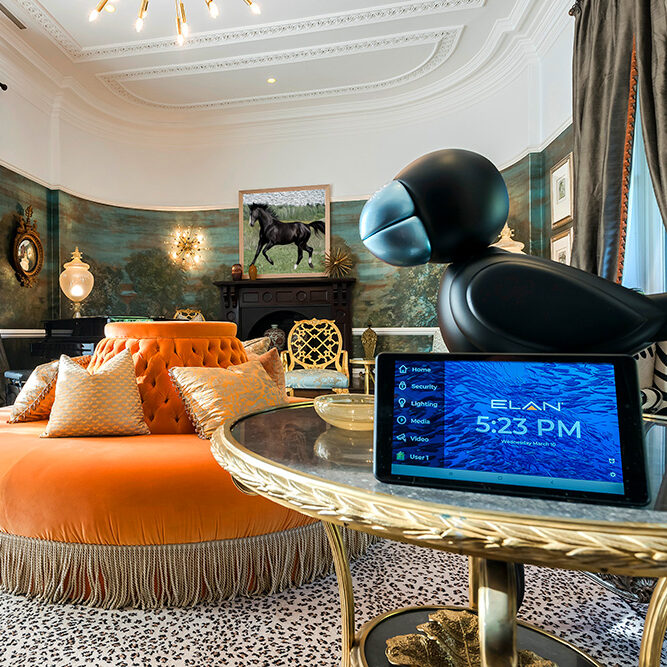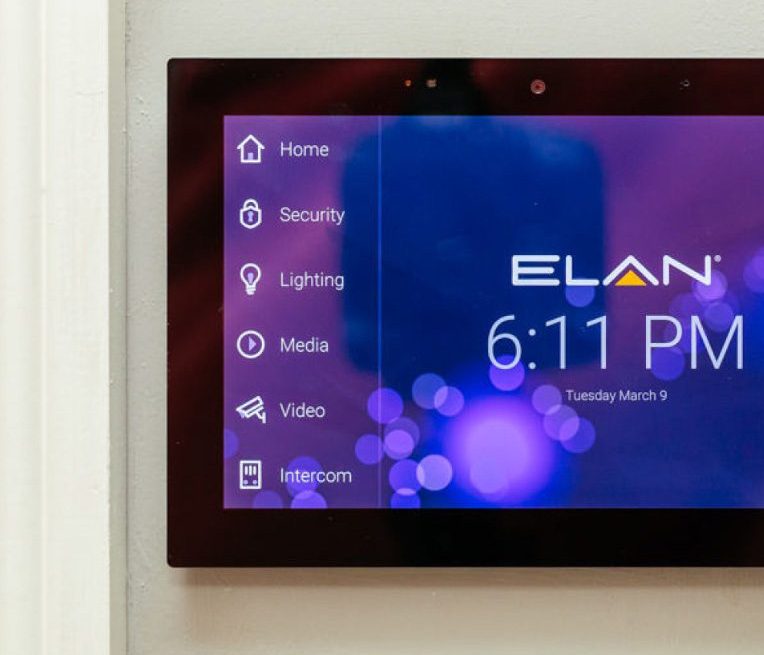By Alise Hatt / Wired by MJD
As someone who spent over nine years in the real estate industry, primarily in property sales, I’ve seen firsthand how perceptions of value differ from one buyer to the next. What draws someone to a property, or gives it that initial “wow factor,” can vary dramatically. But one trend has become increasingly clear: smart home technology is no longer a luxury, it’s a strategic advantage in the housing market.
What Today’s Buyers Are Really Looking For
Across both regional and semi-suburban areas where I’ve worked, one constant has remained—buyers are prioritising security and functionality. These features are now fundamental to how people assess a property’s worth, at times trumping traditional aesthetics.
Where once smart technology might have been viewed as a niche interest or status symbol, it’s now seen as a practical necessity. Modern buyers are actively seeking homes that include:
- Smart locks and video doorbells
- App-controlled lighting and temperature systems
- CCTV and integrated alarm systems
- Centralised automation panels


From Exclusive Feature to Everyday Essential
What’s changed? For one, the rising cost of home insurance has made preventative measures like smart surveillance and automated lighting more appealing. Buyers want reassurance that their family and investment is protected, and smart home systems offer just that—monitoring, alerts, and even real-time footage.
Additionally, the unfortunate rise in youth-related crime has made these systems more than just a convenience—they’re a necessary safety measure. Buyers are increasingly thinking ahead, considering how they would secure and manage their property long-term. Homes that already come equipped with technology to assist in this area naturally stand out.
A New Generation of Tech-Savvy Buyers
First and second-home buyers today are part of a generation raised with technology at their fingertips. These are individuals for whom streaming, apps, and digital control are part of daily life. For them, walking into a home that has smart features is impressive.
Smart lighting, integrated audio systems, and visible security features can instantly create that “wow” impression during a home inspection. More than just bells and whistles, they represent thoughtful design and future-readiness. For many, it’s not just about what the home looks like—it’s about how it works.
Standing Out in a Saturated Market: The Subtle Power of Smart Integration
It’s important to note that while smart home technology can enhance a property’s appeal, it’s not a silver bullet for guaranteeing a higher sale price or faster transaction. Many factors influence property value and time on market—location, layout, presentation, and timing all play a role. However, one undeniable truth remains: smart home features significantly influence perceived value, and that perception can be a powerful differentiator to the right buyer.
In today’s market—particularly in new developments and growth corridors—buyers are often faced with a sea of similar homes. Volume builders are delivering great value, but the results are increasingly cookie-cutter: identical floorplans, repeated fixtures, and little variation beyond the facade. In this environment, it becomes harder for a property to stand out.
That’s where thoughtful integration comes in. Every improvement—no matter how small—can contribute to your home’s appeal. Smart technology presents a unique opportunity to create emotional connection and practical excitement. Imagine walking a potential buyer through your home and painting this picture:
They arrive home from work, unlock the front door & lights softly illuminate the entry, the blinds close for evening privacy, and the heating has already adjusted to their preferred comfort. At night, their children safely make their way to the bathroom guided by hallway lights triggered by motion sensors. It’s not just a house—it’s a comfortable family lifestyle.
These moments of imagined living help prospective buyers see themselves in the space. And in a competitive market, that sense of connection can make all the difference.
Conclusion:
Smart technology is no longer just a ‘nice-to-have’ luxury. It’s increasingly becoming a key factor in how properties are evaluated, marketed, and sold. In a market driven by emotion, safety, and convenience, integrating smart systems into a home isn’t just smart—it’s actually strategic.
If you’re building, renovating, or preparing to sell, consider the long-term value smart technology and home automation can bring to you.
